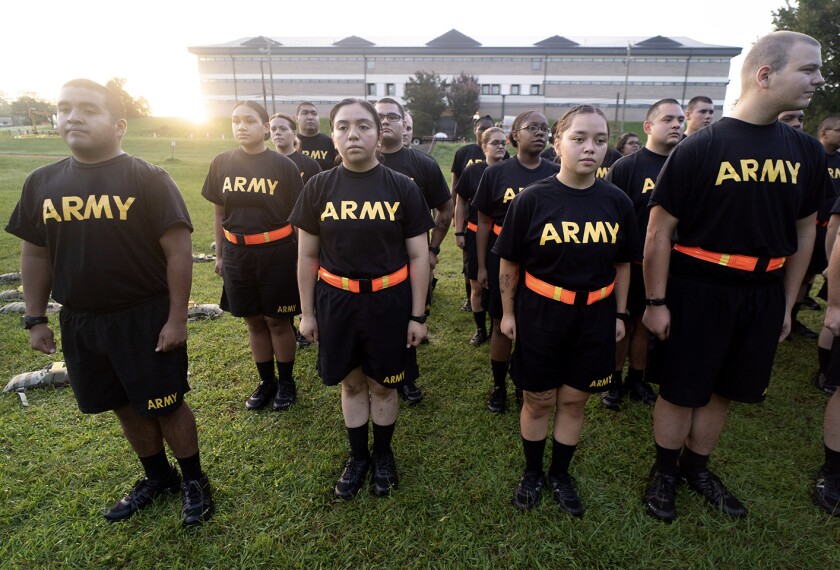A comprehensive, five-year study of Communities in Schools, an organization that enlists outside help to infuse a range of counseling, academic, and health services in schools, has found that its educational model can be effective in helping to prevent students from dropping out.
Released last week, the study involved 1,766 of the organization’s 3,400 school sites across the country. The evaluation included three studies: a quasi-experimental study comparing 602 schools with the model and 602 demographically similar schools without it; randomized controlled trials involving 573 students at nine schools in two states; and a closer look aimed at identifying the program’s best practices in 368 schools.
The study concludes that the program has a strong effect on reducing dropout rates and yielded small but consistent improvements in performance on state assessments for math. Results for reading and language arts tests were mixed.
Attendance improved the most among 9th graders, but not at all for 6th graders. In middle schools, disciplinary referrals and out-of-school suspensions decreased. In high schools, both of those actions increased, but the study questions whether the increases resulted from the heightened scrutiny of students’ behavior because of the presence of Communities in Schools or because of an actual negative effect of the program.
Overall, the study concludes, the more fully and carefully the Communities in Schools model is put into practice, the more effective it is.
The results of the evaluation have already been incorporated into the way the program works to make it better, according to the report, and to codify an accreditation system for program affiliates.
The study was conducted by ICF International, a research and consulting group based in Fairfax, Va., and financed by the Atlantic Philanthropies.
Based in Arlington, Va., Communities in Schools was created in the 1970s by New York youth advocate Bill Milliken. It is now used by schools in 25 states.
The program works by placing a staff member at a school to identify students at risk of dropping out. Then volunteers and community partners are brought in to address the students’ specific academic and social needs through tutoring, counseling, health services, and college visits.




